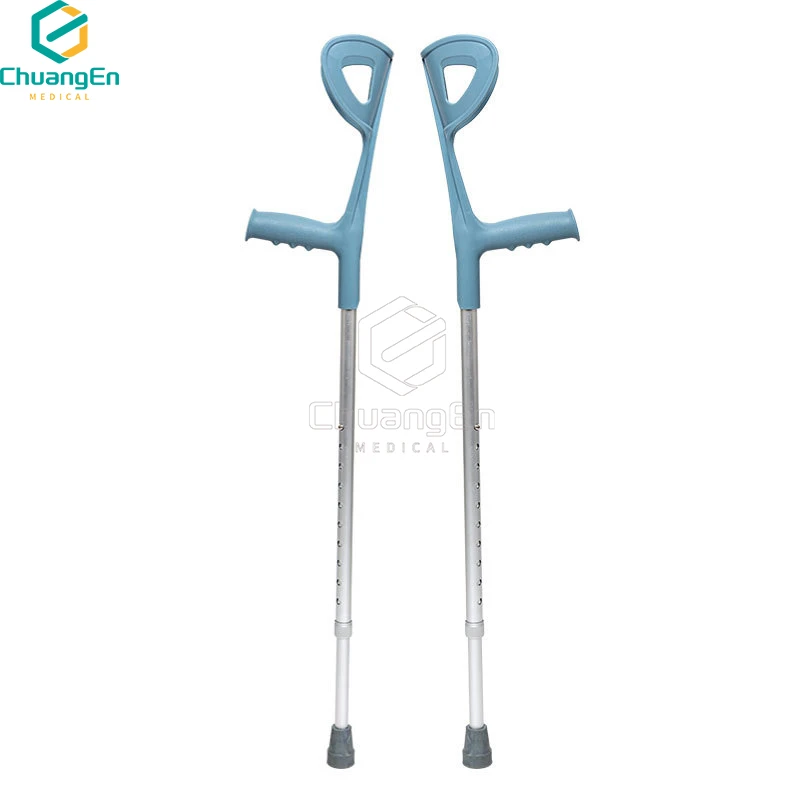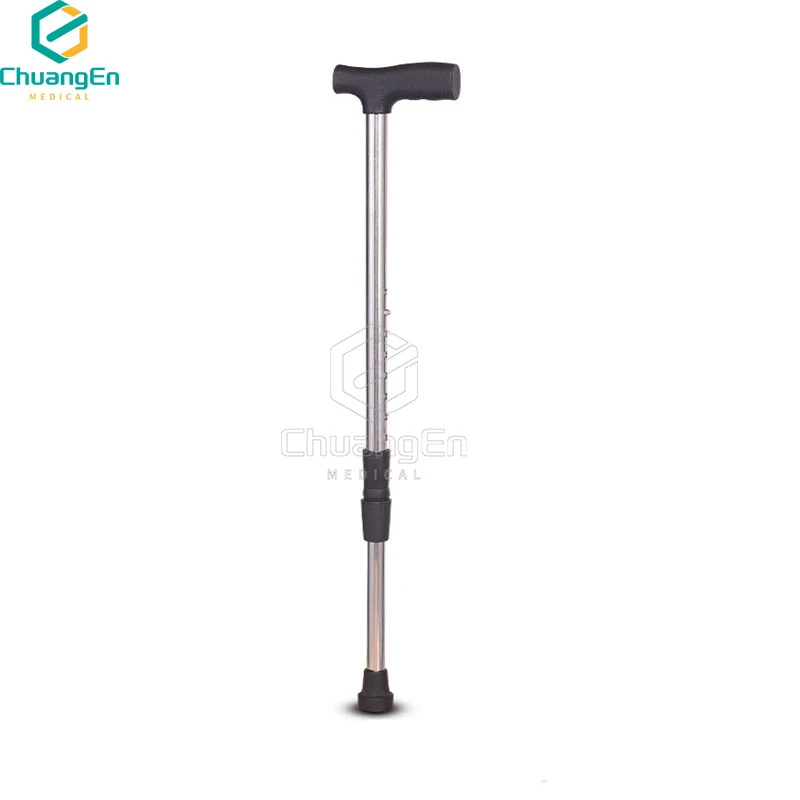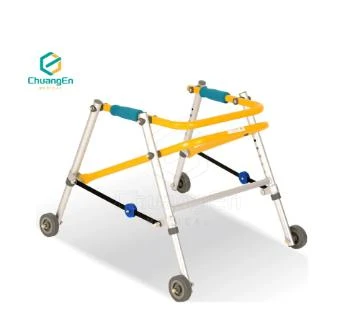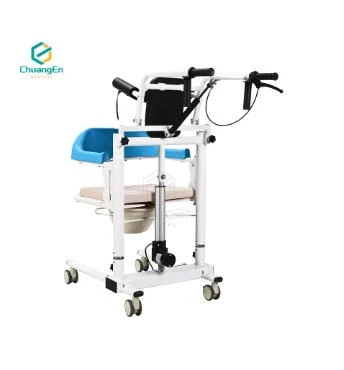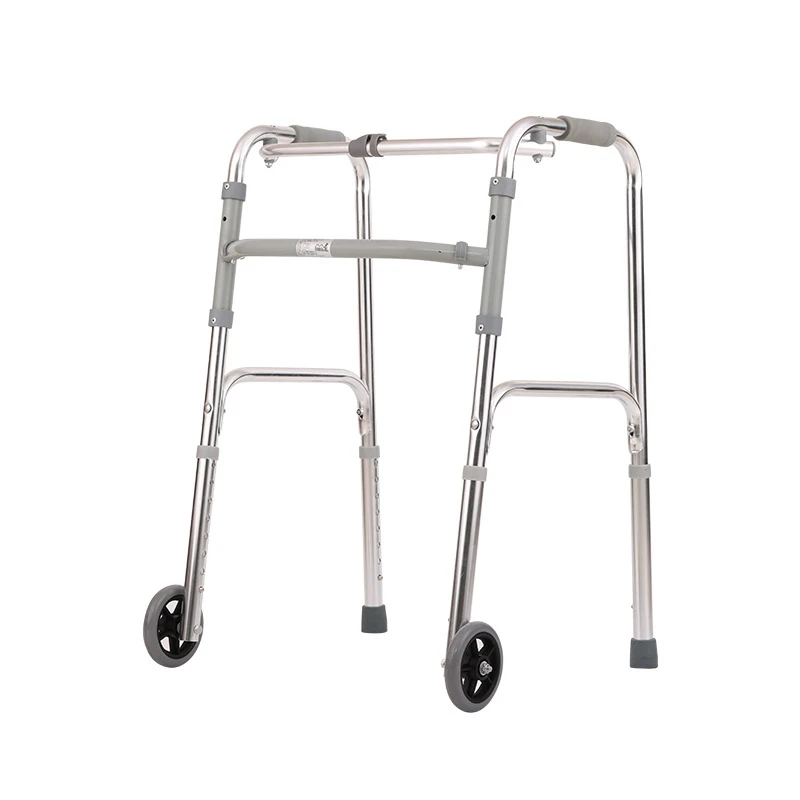- Introduction to Walking Aids for Elderly with Seat
- Growing Demand and Market Trends: Data Insights
- Technological Innovations in Walking Aids
- Comparing Top Manufacturers of Walking Aids for Elderly People
- Customizable Solutions for Diverse Needs
- Real-Life Applications and Case Studies
- Conclusion: Empowering Mobility with Walking Aids for the Elderly

(walking aids for elderly with seat)
Introduction to Walking Aids for Elderly with Seat
Mobility challenges affect millions of seniors worldwide, often diminishing independence and quality of life. Walking aids for elderly with seat offer a compelling solution, providing additional support while enabling rest whenever fatigue emerges. These innovative assistive devices integrate ergonomic handles, sturdy frames, and convenient seating, addressing both mobility and comfort. Whether for daily tasks or extended excursions, the best walking aids for elderly people blend safety, stability, and user-friendly features to empower seniors to stay active. Understanding the pivotal role walking aids play in elderly care sets the stage for exploring how they are transforming modern senior lifestyles.
Growing Demand and Market Trends: Data Insights
Global demographics are shifting at an unprecedented rate. By 2050, the population aged 60 and above is projected to reach 2.1 billion according to United Nations data. Mobility limitations affect up to 35% of individuals over 65, with falls being the leading cause of injury. The World Health Organization notes that assistive devices, including walking aids for the elderly, reduce fall risk by up to 30%. Recent market reports estimate the walking aids industry will surpass $4.2 billion by 2027, with devices featuring built-in seats experiencing a significant annual growth rate of 7.4%. The surge reflects not only a growing senior population but also increased awareness of the practical and psychological advantages that seating-equipped walking aids bring. Seniors and caregivers alike are demanding more adaptable, stylish, and compact designs—propelling innovation across the industry.
Technological Innovations in Walking Aids
The latest generation of walking aids for elderly people underscores the convergence of engineering and functional design. Lightweight, aerospace-grade aluminum frames replace heavier steel, minimizing user effort. Articulated wheels and shock-absorbing mechanisms offer enhanced maneuverability across varying surfaces. Padded seats and memory-foam backrests integrate comfort into the core design. Many models feature quick-fold mechanisms for effortless storage and portability. Some advanced walking aids incorporate height-adjustable handles with tactile grips, integrated brakes for increased control, and even smart sensors that track walking distance or signal an alert in case of unusual inactivity—features that translate into increased independence and peace of mind for both users and their families. Furthermore, antimicrobial fabrics and easy-clean materials address hygiene concerns, particularly pertinent in healthcare environments or for seniors with compromised immunity.
Comparing Top Manufacturers of Walking Aids for Elderly People
Selecting the right walking aid involves weighing multiple factors: durability, usability, safety certifications, and after-sales support. Here is a comparative overview of leading manufacturers:
| Manufacturer | Key Features | Price Range | Warranty | Customer Satisfaction (%) |
|---|---|---|---|---|
| Drive Medical | Lightweight, padded seat, easy-fold, large wheels | $90–$180 | Limited Lifetime | 91 |
| Medline | Enhanced brakes, cup holder, adjustable height | $110–$200 | 1 Year | 89 |
| Hugo Mobility | Contoured backrest, removable storage, ergonomic design | $120–$210 | 2 Years | 92 |
| Healthcare Direct | Budget-friendly, tool-free assembly, compact size | $65–$130 | 1 Year | 86 |
| NOVA Medical | Extra wide seat, under-seat pouch, heavy-duty frame | $135–$240 | Lifetime Frame | 90 |
As the table illustrates, each manufacturer offers unique benefits. For instance, Hugo Mobility stands out for ergonomic excellence, while NOVA Medical targets bariatric users with reinforced frames. Drive Medical remains a top choice for all-around comfort and reliability. This competitive landscape ensures that elderly users can select a walking aid tailored to their specific mobility, comfort, and budget requirements.
Customizable Solutions for Diverse Needs
One-size-fits-all solutions rarely address the nuanced requirements of aging individuals. Walkers and rollators now come with a range of customizable options that cater to varying heights, weights, and health conditions. Adjustable seat heights and handle lengths accommodate users from petite to tall statures; reinforced frames support higher weight capacities, and modular accessories extend functionality—think cane holders, oxygen tank mounts, or trays for daily necessities. For individuals managing arthritic hands, enhanced grip textures and lever-style brakes can help reduce strain. Those living in compact homes benefit from ultra-narrow frames and easy-fold mechanisms for seamless navigation and storage. Some manufacturers even offer color and upholstery choices, allowing seniors to express personal style while retaining vital support. By working with specialists or therapists, seniors can have their walking aids fine-tuned for maximum efficacy and comfort, ultimately promoting continued engagement in social and recreational activities.
Real-Life Applications and Case Studies
Across urban, suburban, and rural settings, the value of walking aids for the elderly is clearly demonstrated in thousands of daily experiences. Consider Ms. Johnson, a 76-year-old arthritis sufferer who regained the confidence to participate in community events after transitioning to a rollator with a built-in seat and ergonomic brakes. In a leading assisted living facility, caregivers reported a 25% reduction in falls after introducing seat-equipped walking aids, simultaneously increasing patient outings and social interaction metrics. Another case study by a rehabilitation center highlighted that seniors using modern rollators extended their daily outdoor activity time by up to 40 minutes compared to those with standard walkers. Family testimonials often cite enhanced peace of mind, knowing that their loved one can rest safely at any moment. These success stories exemplify how the right mobility aid not only addresses physical limitations but also fosters a renewed spirit of independence and well-being.
Conclusion: Empowering Mobility with Walking Aids for the Elderly
The continued evolution of walking aids for elderly with seat
has reshaped the landscape of senior mobility. Integrating comfort, safety, and the ability for spontaneous rest supports extended independence and improved quality of life for older adults. As global populations age and technological capabilities advance, walking aids for elderly people will only become more vital. A commitment to research, personalization, and user education will further enhance these tools' effectiveness, ensuring that every senior, regardless of physical limitations, can navigate their world with confidence and dignity.
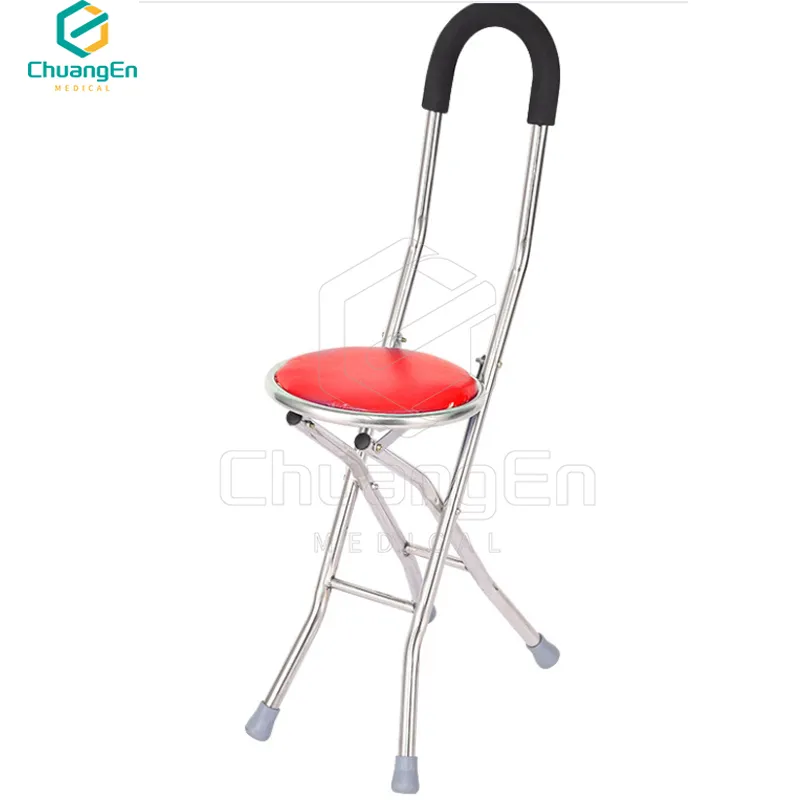
(walking aids for elderly with seat)


